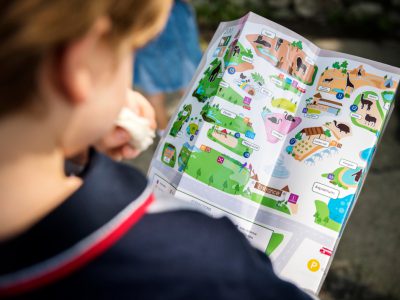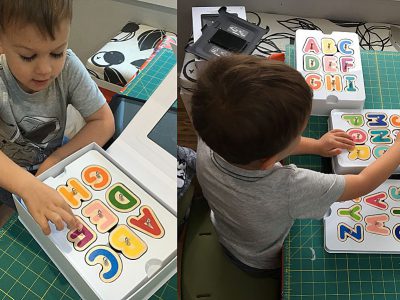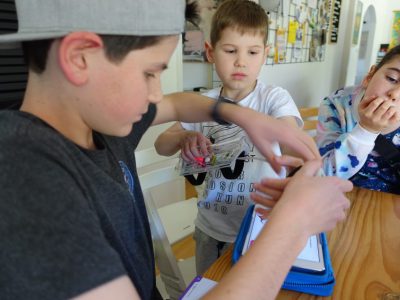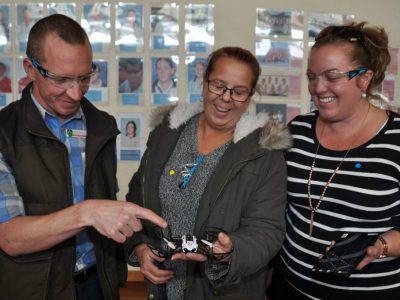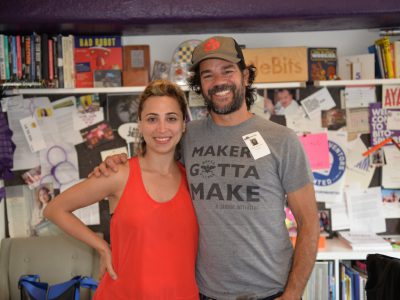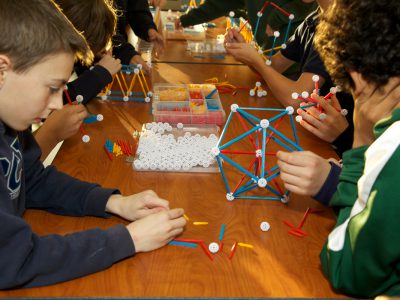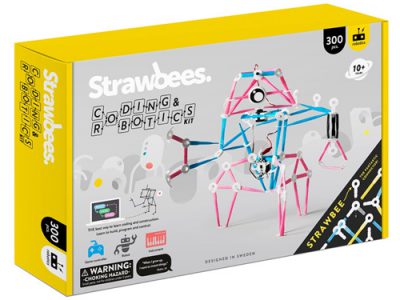
The 2020 World Economic Forum predicts that the highest growth careers over the next two years will be in STEM but there’s a caveat: they say “soft skills” often associated with the arts will form a crucial element of success in these roles.
Those who believe that the arts should form part of STEM argue that non-scientific skills help to bridge the gap between science and solving everyday problems. However, the critics say that including the arts in STEM is an overly-simplistic, even lazy way of including all professions under the one banner.
***********
Get the latest for women in STEM direct to your inbox. Sign up to The STEM Wrap.
***********
Saadia Zahidi, a managing director of the World Economic Forum and author of 50 Million Rising (pictured above), says that as jobs are transformed by the technologies of a “fourth industrial revolution”, one billion people globally will need to be re-skilled. Some of the skills that need to be developed are creativity, collaboration and “interpersonal dynamics”, she says.
“There’s a common misconception that we’ll all need to develop highly technological or scientific skills to succeed. Yet while it will be necessary for people to work with technology, we’re also seeing a growing need for people to develop specialized skills for how they interact with each other.”
The World Economic Forum, in conjunction with several research partners, identified seven “professional clusters”, or key career groups, of the future. They included: 1) Care professions, 2) Data and AI, 3) Engineering and cloud computing 4) Green professions 5) Marketing, sales and content, 6) People and culture and 7) Product development. These new career groups will account for 1.7 million jobs in 2020 and increase to 2.4 million in just two years. Read more here
Dr Anna Powers, an award-winning scientist and the first woman to be awarded the Global STEM Leadership Prize, says “science is inherently creative and imaginative” and “all innovation comes from imagination.” Including these attributes in STEM is a natural progression, she says,
“The more we are able to communicate science, making it understandable for a larger number of people, the more science will fuse deeply with society and transform it to be more progressive and advanced,” Dr Powers says.
So should an “a” be added to the word STEM to include arts in this group of disciplines? Not all academics and scientists are convinced doing so would be a positive move. Monash University director, Education Futures, Professor Deborah Corrigan, says including arts as a part of STEM “de-values the arts”. It also puts limitations on what can be achieved in the arts as a stand-alone profession, she says.
“There is a different way of communicating and doing things creatively in the arts, and I think the strength lies in its comparison [to STEM],” she told Women’s Agenda.
“There are enough elements of a STEM to make it a very cohesive program,” she says.
“When it comes to creativity in STEM and the arts – both are important – but they are conducted in a slightly different way, and…we don’t want one to take away from the other.”
What do you think? Have your say.





